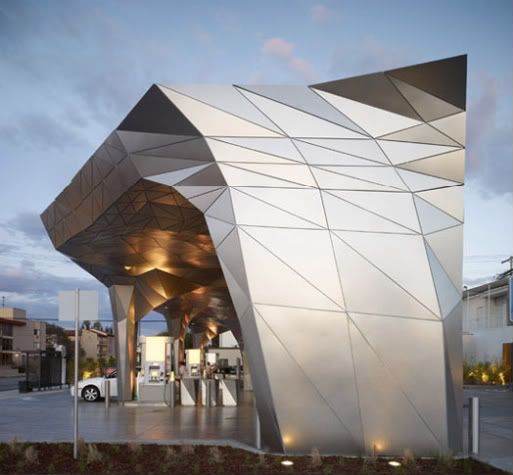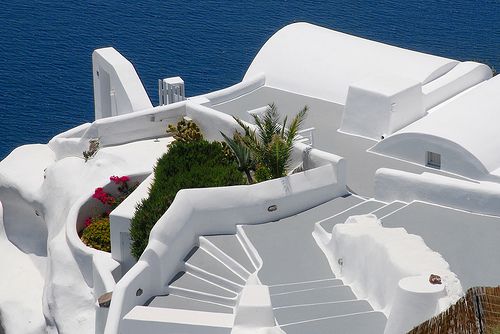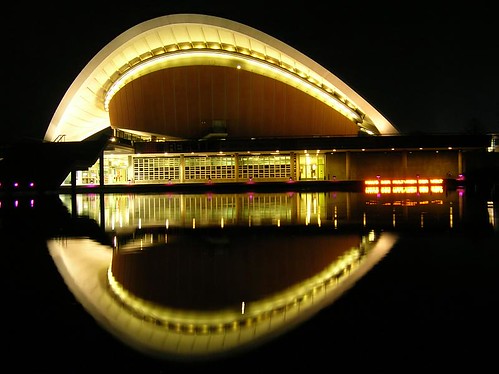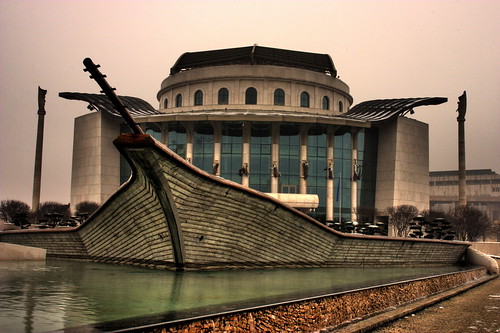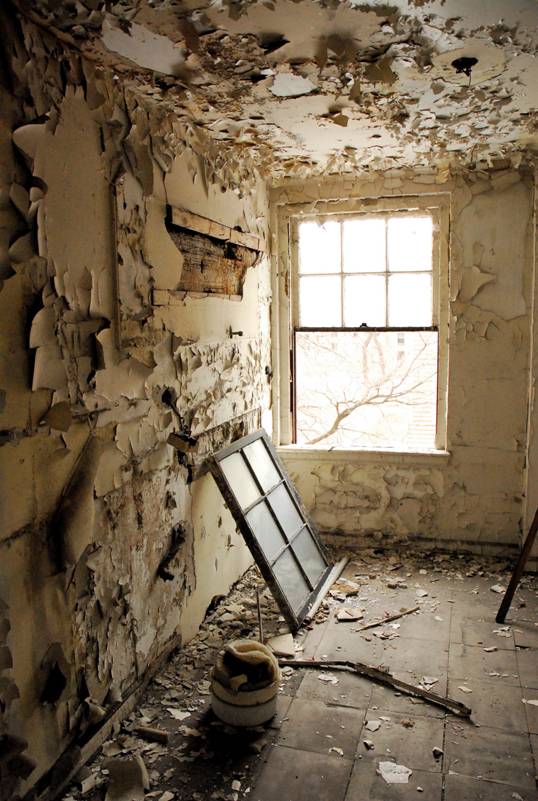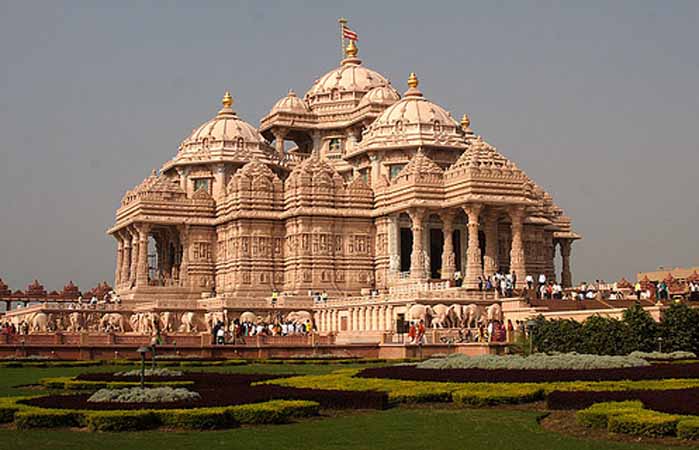
Famous Hindu Akshardham temple in South Delhi
Indian architecture is that vast tapestry of production of the Indian Subcontinent that encompasses a multitude of expressions over space and time, transformed by the forces of history considered unique to the sub-continent, sometimes destroying, but most of the time absorbing. The result is an evolving range of architectural production that none the less retains a certain amount of continuity across history.
Indus-Sarasvati Civilization and the Vedic Village
The earliest production in the Indus Valley Civilization was characterised by well planned cities and houses where religion did not seem to play an active role. The presence of drainage systems and public baths showed advanced standards of hygiene and sanitation and ingenious planning. The Vedic village had certain distinct characteristics that influenced subsequent architectural production. The Vedic grama could have a pur, or a fort-like structure within it. The Vedic hymns speak of "purs" made of stone and metal.
The Vedas have many words for houses. It appears that the main distinction was between chhardis ( house with a thatched roof), harmyam (a house of brick and stone that had a courtyard in the middle), and gotra (a multi-dwelling complex with sheds for animals). The Rig-Veda speaks once of a palace with 1000 doors, and twice of a palace with 1000 columns.
Buddhist and Jaina Architecture
Buddhism gained prominence during the reign of the emperor Ashoka. It is primarily represented by three important building types- the Chaitya Hall (place of worship), the Vihara (monastery) and the Stupa (hemispherical mound for worship/ memory)- exemplified by the magnificent caves of Ajanta and Ellora and the monumental Sanchi Stupa. The Greek influence led the Indian architecture of the time, especially the rock-cut art, to fall under one of the two categries: the Mathura school of art which was strictly Indian in spirit and did not adopt from the Greek styles, and the Gandharva school of art which incorporated influences of the Greek art. The division of Buddhism into Hinayana and Mahayana phases also influenced the nature of rock-cut art, the former being represented by artefacts used by the Buddha, and the latter by images of the Buddha.
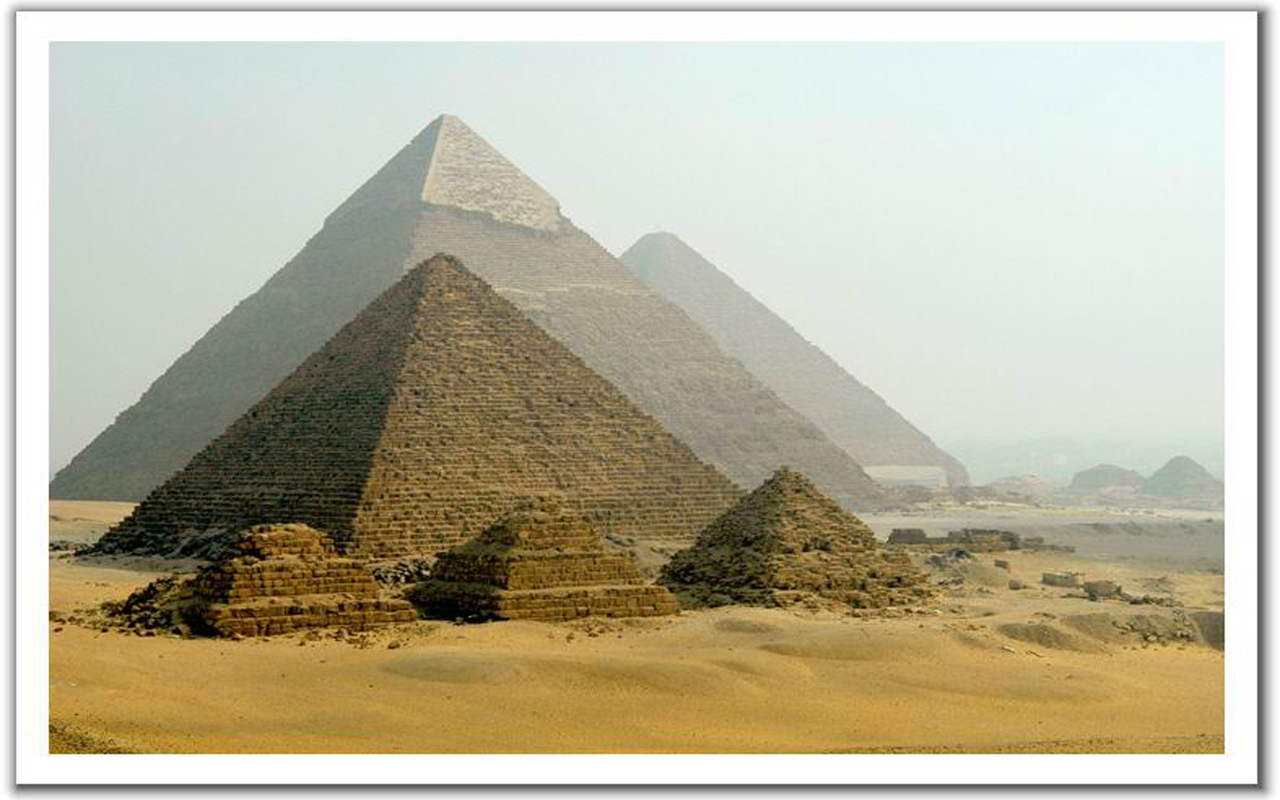
Ancient Egyptian Architecture
The Nile valley has been the site of one of the most influential civilizations which developed a vast array of diverse structures encompassing ancient Egyptian architecture. The architectural monuments, which include the Great Pyramid of Giza and the Great Sphinx of Giza, are among the largest and most famous.
The Giza pyramid complex
The Giza Necropolis stands on the Giza Plateau, on the outskirts of Cairo, Egypt. This complex of ancient monuments is located some 8 kilometres (5 mi) inland into the desert from the old town of Giza on the Nile, some 20 kilometers (12 mi) southwest of Cairo city center. This Ancient Egyptian necropolis consists of the Pyramid of Khufu (also known as the Great Pyramid and the Pyramid of Cheops), the somewhat smaller Pyramid of Khafre (or Kephren), and the relatively modest-sized Pyramid of Menkaure (or Mykerinus), along with a number of smaller satellite edifices, known as "queens" pyramids, and the Great Sphinx.
The pyramids, which were built in the Fourth Dynasty, testify to the power of the pharaonic religion and state. The Great Pyramid, which was probably completed c. 2580 BC, is the oldest and largest of the pyramids, and is the only surviving monument of the Seven Wonders of the Ancient World. The pyramid of Khafre is believed to have been completed around 2532 BC, at the end of Khafre's reign. The date of construction of Menkaure's pyramid is unknown, because Menkaure's reign has not been accurately defined, but it was probably completed in the 26th century BC.
Popular culture leads people to believe that Pyramids are highly confusing, with many tunnels within the pyramid to create confusion for grave robbers. This is not true. The shafts of pyramids are quite simple, mostly leading directly to the tomb. However, there are sometimes additional tunnels, but these were used for the builders to understand how far they could dig the tomb into the crust of the Earth. Also, it is popular thought that due to grave robbers, future Kings were buried in the Valley of the Kings to help keep them hidden. This is also false, as the Pyramid construction continued for many Dynasties, just on a smaller scale. Also, grave robbers did not appear in the Old Kingdom, when the Giza Pyramids were constructed. Rather, it appeared much later in Egyptian history. Finally, the pyramid construction was stopped due to economic factors, not theft.

Tiananmen Square
A model of the Hall of Prayer for Good Harvest in the Temple of Heaven in Beijing was put up on the Tiananmen Square as a decoration for celebrating the forthcoming National Day on the morning of September 12, 2007. The model is 9.14 m tall, and consists of 15 parts. It took the workers 4 hours to complete this model.
Tiananmen Square (Manchu: abkai elhe obure duka; simplified Chinese: 天安门广场; traditional Chinese: 天安門廣場; pinyin: Tiān'ānmén Guǎngchǎng, Mandarin pronunciation: [tʰjɛ́n.ánmə̌n]) is a large city square in the centre of Beijing, China, named after the Tiananmen Gate (literally, Gate of Heaven's Pacification) located to its north, separating it from the Forbidden City. Tiananmen Square is the largest city square in the world (440,000 m² - 880m by 500m). It has great cultural significance as it was the site of several important events in Chinese history. The square was the center of the 4 June 1989 protests, where soldiers opened fire on protesters, killing 400–800, and perhaps many more

Ancient Architecture Arènes de Lutèce
The Arènes de Lutèce are among the most important remains from the Gallo-Roman era in Paris (formerly known as Lutèce in French or Lutetia in Latin), together with the Thermes de Cluny. Lying in what is now the Quartier Latin, this amphitheater could once seat 15,000 people, and was used to present gladiatorial combats.
Constructed in the 1st century AD, this amphitheater is considered the longest of its kind constructed by the Romans. The sunken arena of the amphitheater was surrounded by the wall of a podium 2.5 m (8.2 feet) high, surmounted by a parapet. The presence of a 41.2-m- (135-foot-) long stage allowed scenes to alternate between theatrical productions and combat. A series of nine niches aided in improving the acoustics. Five cubbyholes were situated beneath the lower bleachers, of which three appear to have been animal cages that opened directly into the arena. Historians believe that the bleachers, which surrounded more than half of the arena's circumference, could accommodate as many as 17,000 spectators.

Vastu Shastra: Indian Feng Shui
Vasthu Sastra (Indian Feng Shui) is an ancient Indian science of architecture which assures a dweller health, prosperity, happiness, love, bliss and peace of mind. How to purchase or create a "home sweet home" in accordance to the 5,000-year-old Indian science which can still be applied in modern times? It can be practised without tearing down walls or carrying out renovations as it is an art of the placement of things. Vasthu is not magic, superstition, a religion or religious ritual, and does not work on a belief system. It is also not a question of faith but a fact of life.

ancient architecture of a temple in Sri Lanka
The architecture of ancient Sri Lanka displays a rich variety of architectural forms and styles, varying in style and form from the Anuradhapura Kingdom to the Kingdom of Kandy. Ancient Sri Lankan architecure mainly grew around religion, styles of Buddhist monasteries were in excess of 25. Buddhism had a significant influence on Sri Lankan architecture, since it was introduced to the island in 3rd Century BC.Significant architectural buildings include the stupas of Jetavanaramaya, Ruwanvelisaya in the Anuradhapura kingdom and further in the Polonnaruwa Kingdom, the palace of Sigiriya is considered as a masterpiece of ancient architecure and ingenuity, the fortress in Yapahuwa and the Temple of the tooth in Kandy are also notable for their architectural qualities. Ancient Sri Lankan architecture is also significant to sustainability, notably Sigiriya which was designed as an environmentally friendly structure.
Monasteries were designed using the Manjusri Vasthu Vidya Sastra, a manuscript which outlines the layout of the structure. The text is in Sanskrit but written in Sinhala script. The script is believed to be from the fifth century AD, It is exclusively about Buddhist monasteries and is clearly from the Mahayana school. The text shows much originality and there is nothing similar in the existing Indian treatises, which deal only with Hindu temples.

The 'silent music' of ancient architecture
The architects designed and built these structures according to ancient philosophical tenets familiar to us in terms like "fen-shui," "yin/yang" and "ch'i." Thus the ravine becomes the building, the building is a cave, the landscape itself takes the form of a flying dragon or a giant turtle rising from the morning mist to embrace the sacred site itself.
The result of this ancient architecture of wonder is the production of a form of "silent music"-a sense of place, space and time that Foit-Albert described as "awful," "enthralling" and "transcendent."
The exhibit opens with a few of more than 130 sacred and historical structures scheduled to be submerged when the massive Three Gorges Dam of the Yangtze River Project is complete; the project is now in its final construction phase. Some of the sites that will disappear date to the Neolithic era; others are of historic and even mythic significance.
They are situated along the middle reaches of the Yangtze in central China, to which Foit-Albert and her group traveled. The dam project, which she said has produced rancorous dispute in China, will displace nearly 1.5 million people at the same time it inundates a section of the scenic Yangtze River Valley, now believed by archaeologists to rival the Yellow River Valley 300 miles to the north in its importance to the study of the origins of the Chinese people.
Among the treasures to be flooded this year is the 12-story Shibaozai pagoda, which "leans" on a 330-by-60-foot outcropping in the Xiling Gorge. Its internal staircase leads to the mountain summit where 16th-century Ming Emperor Wan Li built a temple courtyard to memorialize remains of the Buddha.
Many legends surround this site, including one about the "Duck's Hole," which penetrates from the temple courtyard above to the river below, emitting ch'i (the ethereal substance of which all things are composed) as a mysterious mist that fortifies the connection of earth to heaven and heaven to earth.
Subscribe to:
Posts (Atom)








